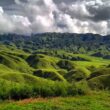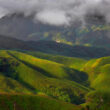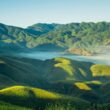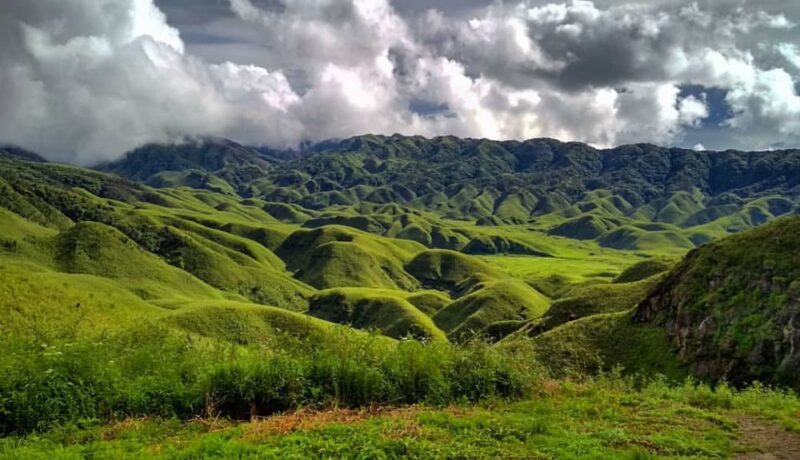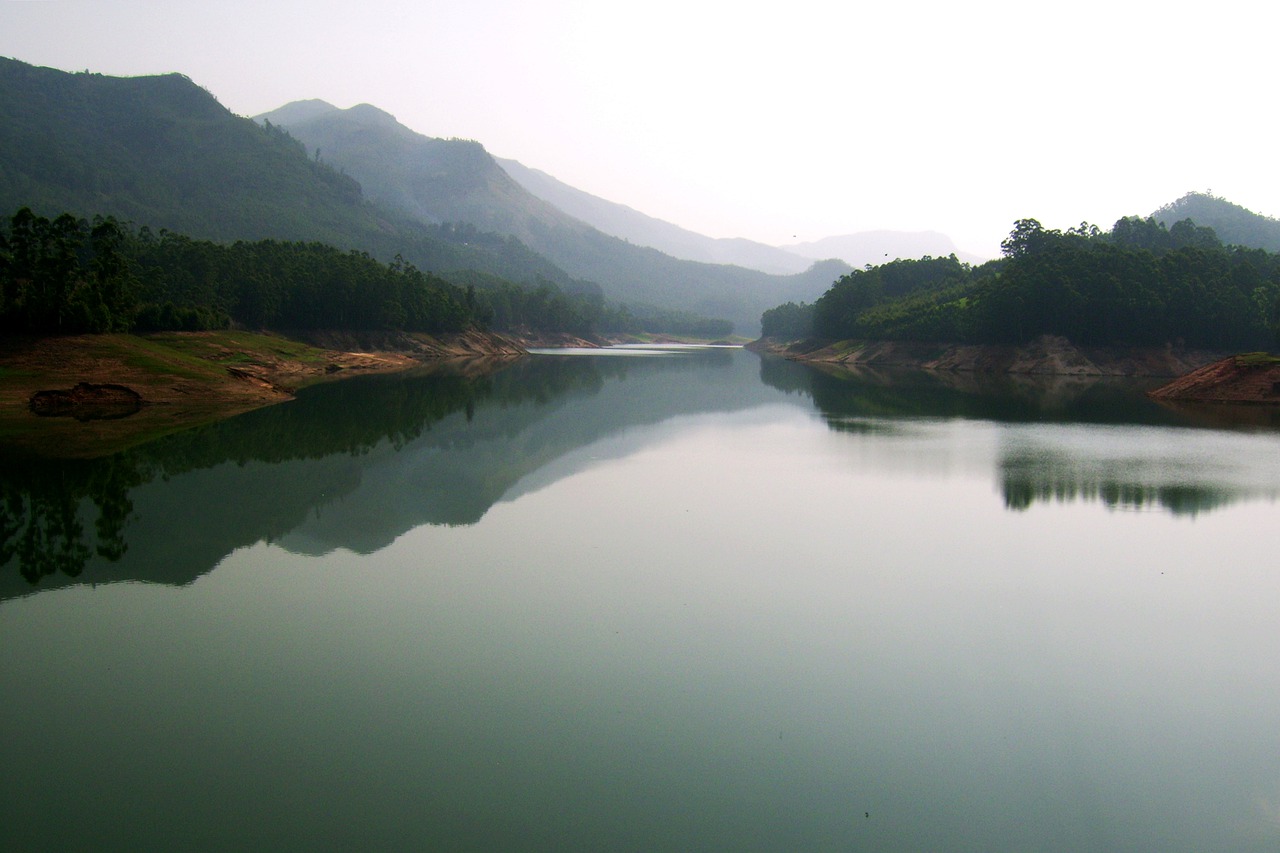Nestled in the heart of Nagaland, Japfu Peak is an awe-inspiring destination that has captured the imagination of trekkers, nature lovers, and photographers alike. At 3,048 meters (9,997 feet), Japfu Peak is the second-highest mountain in Nagaland after Mount Saramati.
While Dzukou Valley often steals the limelight with its rolling meadows and wildflowers, Japfu Peak stands as a majestic backdrop and offers one of the most rewarding treks in Northeast India. Climbing Japfu is not just about reaching the summit—it’s about soaking in panoramic views, walking through ancient rhododendron forests, and experiencing Nagaland’s raw wilderness.
Whether you are an experienced trekker or an adventurous traveler, this guide will help you plan the perfect Japfu Peak trek, covering when to go, how to get there, what to carry, and what makes this mountain unique.
Where is Japfu Peak?
Japfu Peak lies approximately 15 km south of Kohima, the capital of Nagaland. The mountain forms part of the Japfu Range, which also borders Dzukou Valley on one side.
Key Facts:
- Elevation: 3,048 m (9,997 ft)
- Location: Kohima district, Nagaland
- Famous For: The world’s tallest rhododendron tree, breathtaking sunrise views, and panoramic landscapes of the Naga Hills.
Why Trek Japfu Peak?
✅ Incredible Views:
From the summit, you can see the rolling Dzukou Valley, the Barail Range, and even parts of Manipur and Assam on clear days.
✅ Rhododendron Forests:
Japfu is famous for having the tallest rhododendron tree in the world (over 109 ft high).
✅ Less Crowded:
Unlike Dzukou Valley, Japfu Peak sees fewer tourists, so you can enjoy solitude.
✅ Adventure:
The trek is moderately challenging, perfect for those who want a rewarding climb without technical mountaineering.
Best Time to Visit Japfu Peak
The weather plays a big role in planning your trek:
Spring (March–May):
- Rhododendrons in full bloom.
- Mild temperatures (10–20°C).
- Clear views of the valleys.
Monsoon (June–September):
- Heavy rains and slippery trails.
- Not recommended unless you’re experienced.
Autumn (October–November):
- Best for trekking—dry trails, pleasant temperatures, crystal-clear skies.
Winter (December–February):
- Occasional snowfall.
- Cold temperatures, but magical landscapes.
- Carry proper winter gear.
Verdict:
March–May for flowers, October–November for the best trekking conditions.
How to Reach Japfu Peak
Nearest Airport:
- Dimapur Airport, 74 km from Kohima.
Nearest Railway Station:
- Dimapur Railway Station, well-connected to Guwahati.
By Road:
- Take a taxi or shared cab from Dimapur to Kohima.
- From Kohima, drive or hire a taxi to Viswema Village, the main starting point for the Japfu trek.
Japfu Peak Trek Overview
Starting Point: Viswema Village (around 2,000 m)
Trek Distance: ~8–10 km one way
Duration: 5–6 hours uphill, 4–5 hours downhill
Difficulty Level: Moderate
Trail Highlights:
- Dense forests of oak, bamboo, and rhododendron.
- Steep but well-trodden paths.
- The famous rhododendron tree en route.
- Campsites along the trail.
✅ Tip: Start early in the morning to reach the summit before noon.
Permits and Entry Fees
✅ Inner Line Permit (ILP):
- Mandatory for all Indian citizens who are not residents of Nagaland.
- Obtainable online or at Nagaland House in major cities.
✅ Local Trekking Fee:
- Paid at the village or with your guide (usually ₹100–₹200 per person).
✅ Guides:
- Strongly recommended for safety and navigation.
- Local guides can be arranged in Viswema or Kohima.
Camping and Accommodation
- You can pitch tents at designated campsites along the trail.
- Carry your own tent, sleeping bag, and cooking gear.
- Campfires are discouraged—use portable stoves.
Nearby Stays:
- Homestays in Viswema village.
- Guesthouses and hotels in Kohima for pre- and post-trek accommodation.
What to Pack
Essentials:
- Good-quality trekking shoes.
- Warm layers (temperatures drop at night).
- Rain jacket or poncho.
- Trekking pole.
- Headlamp with extra batteries.
- Reusable water bottles (water is available on the trail).
- Snacks and ready-to-cook meals.
- First aid kit.
- Camera or smartphone.
✅ Pro Tip: Pack light but prepare for cold nights.
Flora and Fauna
🌸 Flora:
- Dense rhododendron forests.
- Bamboo groves.
- Wild orchids and mosses.
🦜 Fauna:
- Himalayan birds.
- Occasional sightings of barking deer and wild boars.
- Butterflies and unique insects.
Tips for a Successful Trek
✅ Start early to avoid trekking in the dark.
✅ Hire a guide for safety.
✅ Acclimatize in Kohima if you’re not used to higher altitudes.
✅ Carry all essentials—there are no shops on the trail.
✅ Respect local customs and leave no waste behind.
✅ Take it slow—steep sections can be exhausting.
Japfu Peak and Dzukou Valley: The Perfect Combo
Many trekkers combine Japfu Peak with Dzukou Valley, as the two are geographically close. You can plan:
- Day 1: Trek to Japfu Peak, camp overnight.
- Day 2: Descend and enter Dzukou Valley via Viswema route.
- Day 3: Explore Dzukou Valley, return to Kohima.
This combination gives you the best of Nagaland’s mountains and meadows.
Conclusion
Japfu Peak is a jewel in Nagaland’s crown—high enough to challenge you but accessible enough for most trekkers with moderate fitness. From its record-breaking rhododendron to the breathtaking 360° views from the summit, this trek promises an experience you won’t forget.
So pack your gear, get your permits, and prepare for an adventure that will leave you spellbound by Nagaland’s wild beauty.

